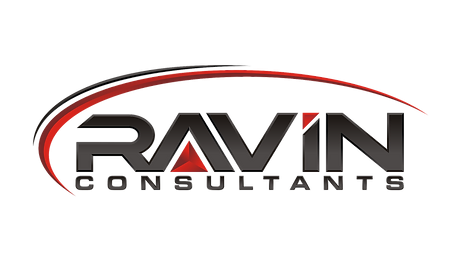Summary
Applying for FQHC or FQHC Look-Alike status can provide significant financial and operational benefits, but it also comes with regulatory responsibilities and challenges.
Federally Qualified Health Centers (FQHCs) and FQHC Look-Alikes (FQHC-LAs) provide essential healthcare services to underserved populations. While gaining this status offers significant benefits, it also comes with challenges. Here’s a breakdown of the key pros and cons to consider when exploring the possibility of applying for FQHC or FQHC Look-Alike (FQHC-LA) status.
Pros of Applying for FQHC/FQHC Look-Alike Status
1. Access to Federal Funding and Grants
FQHCs receive grant funding under §330 of the Public Health Service (PHS) Act, which helps expand services and infrastructure. FQHC-LAs, while not receiving direct §330 grants, may qualify for other funding opportunities.
2. 340B Drug Pricing Program Eligibility
Both FQHCs and FQHC-LAs are eligible to participate in the 340B Drug Pricing Program, allowing them to provide discounted medications to patients, improving medication adherence and affordability.
3. Enhanced Reimbursement Rates
FQHCs receive enhanced reimbursement rates under Medicaid and Medicare, ensuring more financial stability. FQHC-LAs also benefit from Medicaid Prospective Payment System (PPS) rates, which are higher than standard reimbursement rates.
4. Improved Access to Care for Underserved Populations
Gaining FQHC or FQHC-LA status helps health centers serve medically underserved communities, expanding primary care, behavioral health, and preventive services to those most in need.
5. Malpractice Coverage Through FTCA
FQHCs receive malpractice coverage under the Federal Tort Claims Act (FTCA), reducing liability costs. FQHC-LAs do not automatically qualify but may apply for coverage separately.
Cons of Applying for FQHC/FQHC Look-Alike Status
1. Complex and Rigorous Application Process
The application process for FQHC and FQHC-LA status is time-intensive, requiring comprehensive documentation, community needs assessments, and strategic planning.
2. Strict Compliance and Reporting Requirements
Both FQHCs and FQHC-LAs must adhere to stringent HRSA requirements, including governance, quality improvement, and financial reporting, which can be administratively burdensome.
3. Operational Challenges and Increased Oversight
Health centers must comply with strict operational standards, including maintaining a governing board with patient representation and providing a sliding-fee scale for services, which can be challenging for some organizations.
4. Financial Sustainability Considerations
While FQHCs receive federal funding, they must diversify revenue streams to ensure financial sustainability. FQHC-LAs do not receive §330 funding and must rely on other sources, such as Medicaid reimbursements and grants.
5. Ongoing Performance and Accreditation Requirements
FQHCs and FQHC-LAs must undergo periodic reviews to maintain their status, including operational site visits and compliance evaluations by HRSA, which require continuous preparation and adherence to regulatory changes.
Conclusion
Applying for FQHC or FQHC Look-Alike status can provide significant financial and operational benefits, but it also comes with regulatory responsibilities and challenges. Health centers considering this path should carefully weigh the pros and cons, assess financial and operational readiness, and ensure alignment with community health needs before proceeding with the application process.

